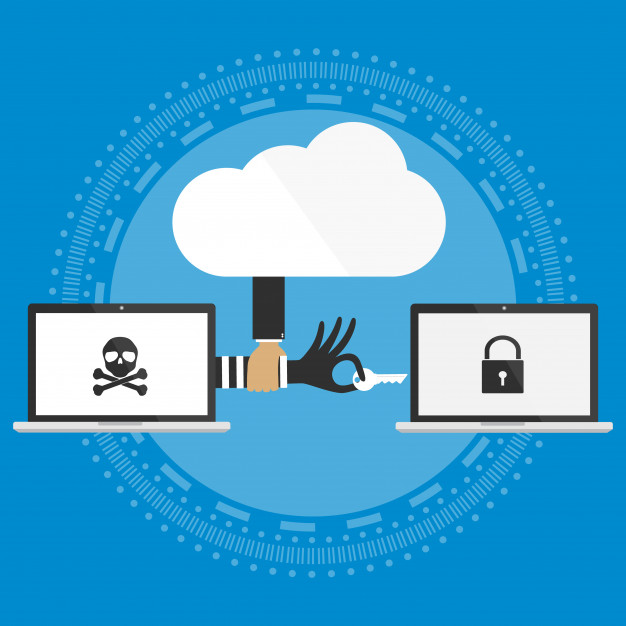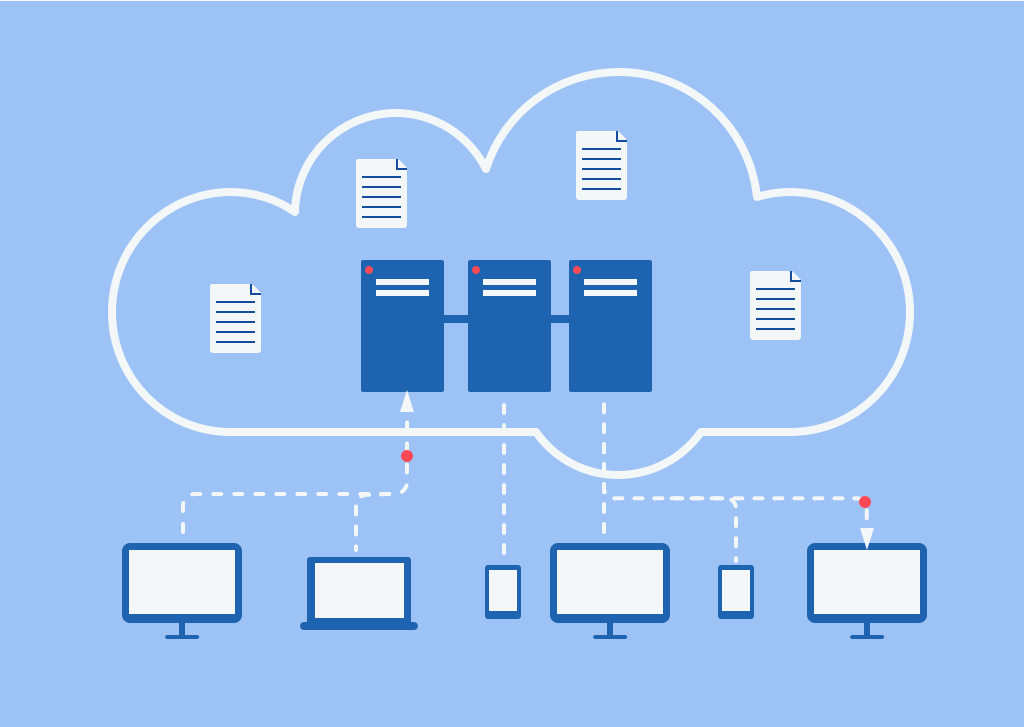Everything is moving into the clouds these days. Businesses are switching from an in-office or a centralized information center to one that meets the needs of the company and provides them with additional benefits not possible with their old systems.
Financially, moving into the cloud is a responsible way of cutting expenditures or redirecting funds usually reserved for system maintenance and upgrades. The cloud also offers a means of connectivity not afforded an in-house system. Cooperation on projects conducted through apps such as Google Docs and Office 365 is done in real time, so any changes are immediate. This could increase the speed of completion on a project as well as an improved outcome from the instantaneous collaboration.

With this massive exodus into the cloud, companies are putting a lot of information on servers outside of their control. Although the cloud comes with security measures, it is not impervious to cyber attacks. Companies must remain vigilant to prevent data breaches with in-house systems. They must do the same for the cloud.
These are some of the top tips organizations use to keep their data protected in the cloud.
Access to Information
Different levels of information need to be accessed by employees for various purposes. But are you confident you know exactly who has been given access to the files, applications and systems within your organization? Have these individuals gone through the proper background checks and received the proper permissions? If not, their access needs to be suspended until they do. Companies do not want just anybody accessing confidential internal data or client information. That’s why organizations put screening procedures in place.
Organizations need to manage the number of internal users accessing sensitive data to limit opportunities for offloading or malicious misuse. Leveraging a a security services providers (SSP) can help manage cloud security risks by providing visibility into the access that your corporate users have, and enabling quick detection and response to malicious usage when it does occur.

Password Protection
It is no longer enough to rely on the mixture of upper and lower case letters, numbers, special characters, to protect access to your sensitive corporate data. Multiple technologies are available that can crack these passwords with ease. All employees who use the same corporate network need to do their part and create passwords that are highly complex and unique.
Biometric passwords are seeing increased use. Fingerprint readers attached to systems are limiting external access to the data. This technology is being included in smartphones as well. Employees may need remote access and by making use of fingerprints can help prevent unauthorized access to sensitive data.
When a network breach does occur, a secure hybrid network with application-aware SD-WAN and advanced integrated security features can provide deeper visibility and insight into the event.

Data Backup
Information on the cloud is not actually floating in the sky. The companies operating the cloud platforms have servers on the ground to store an organization’s data. These companies are just as vulnerable to natural phenomena as the business using those servers.
Earthquake, flood, fire, and tornado can damage the systems, leading to loss of information. A complete loss due to a disaster could cripple a company. Organizations still need to backup their data, this way they only have to recover a small amount of information.
